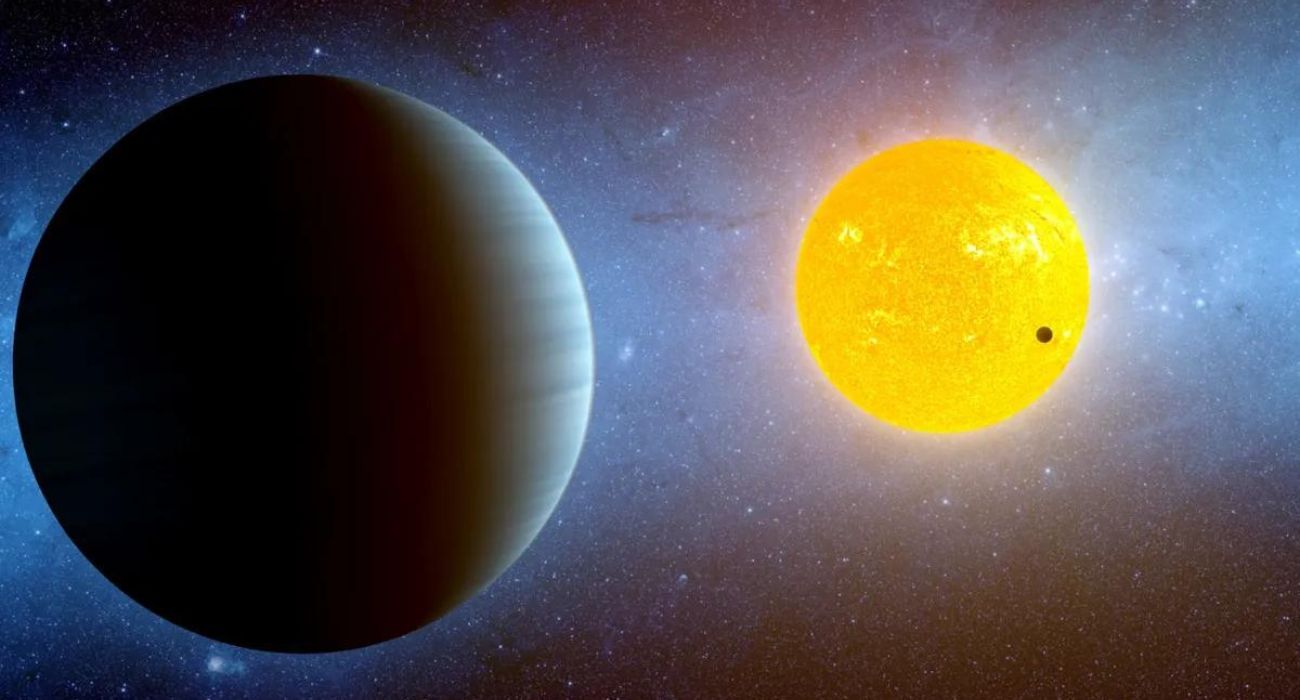Astronomers have discovered yet another earth-sized exoplanet. This distant world is closer to its parent star and far younger than any other planet of its kind discovered to date.
Scientists recently released a study detailing the discovery of a new Earth-sized exoplanet called HD 63433d orbiting a star about 73 light-years away from Earth using NASA’s Transiting Exoplanet Survey Satellite.
Melinda Soares-Furtado, a NASA Hubble Fellow at the University of Wisconsin-Madison and co-leader of the study, described the location of the three-planet system as our “solar backyard,” according to the University of Wisconsin-Madison.
“HD63433d is the closest planet to our solar system with an Earth-like radius orbiting a young star,” the findings state in The Astronomical Journal.
This system is located in the same star system that makes up the Ursa Major constellation.
“On a dark night in Madison “you could see [HD 63433] through a good pair of binoculars,” added Soares-Furtado.
The planet’s parent star, HD 63433, is about the same size and class as our Sun; however, it is less than a tenth of its age. Moreover, HD 63433d orbits so close to its parent star that it completes a trip around it every 4.2 days.
Soares-Furtado also said that this planet may be similar to “an early Earth.”
“Even though it’s really close-orbiting, we can use follow-up data to search for evidence of outgassing and atmospheric loss that could be important constraints on how terrestrial worlds evolve,” said Soares-Furtado, according to the University of Wisconsin-Madison. “But that’s where the similarities end — and end dramatically.”
This planet is tidally locked to its star, meaning that its earth-facing side could reach temperatures up to 2,300 degrees. Scientists believe that lava may flow across the planet’s surface due to these conditions.
Scientists intend to keep researching the planet and the rest of the system.
Astronomers have long been studying different worlds far from our solar system, many of which feature attributes different from Earth’s. NASA announced that scientists are studying the “dynamic” atmosphere of another distant exoplanet in a study that they believe can aid the search for habitable worlds, as previously reported by The Dallas Express.






